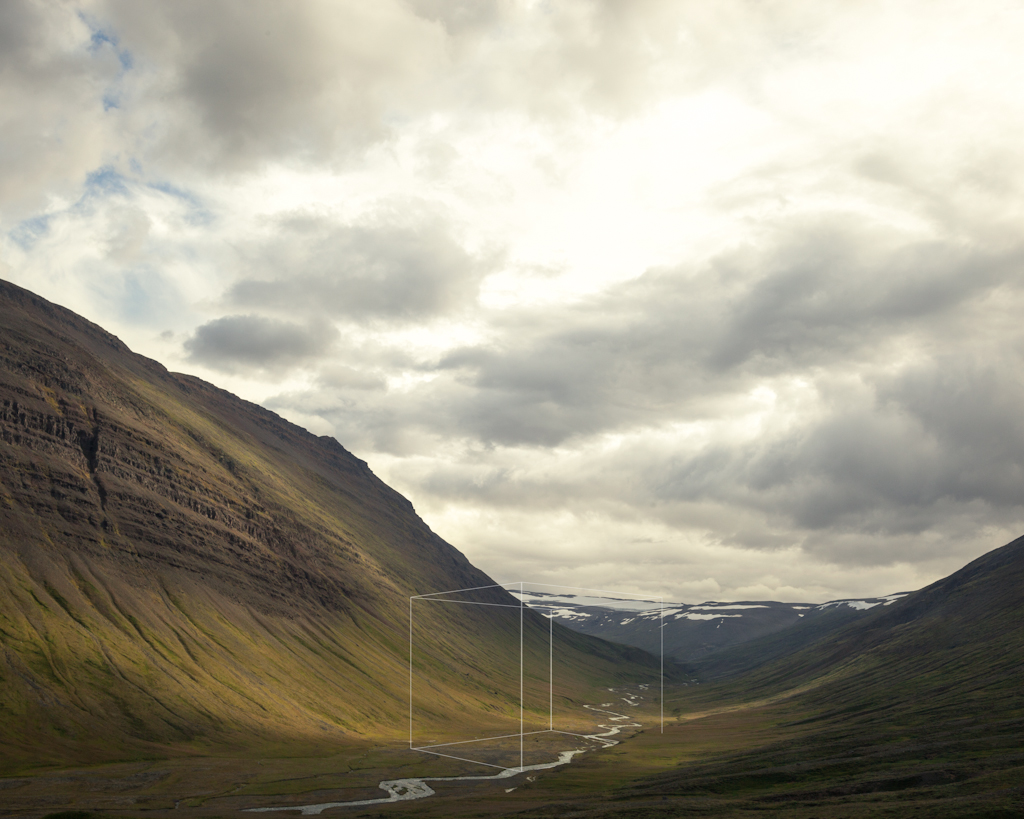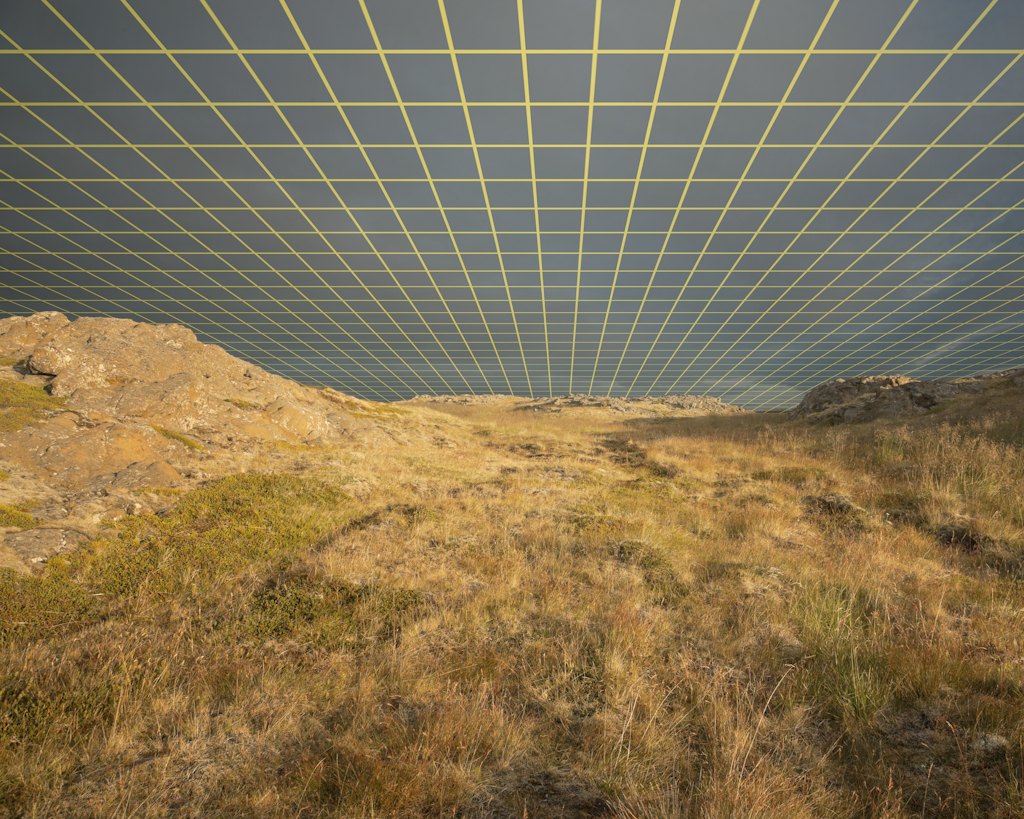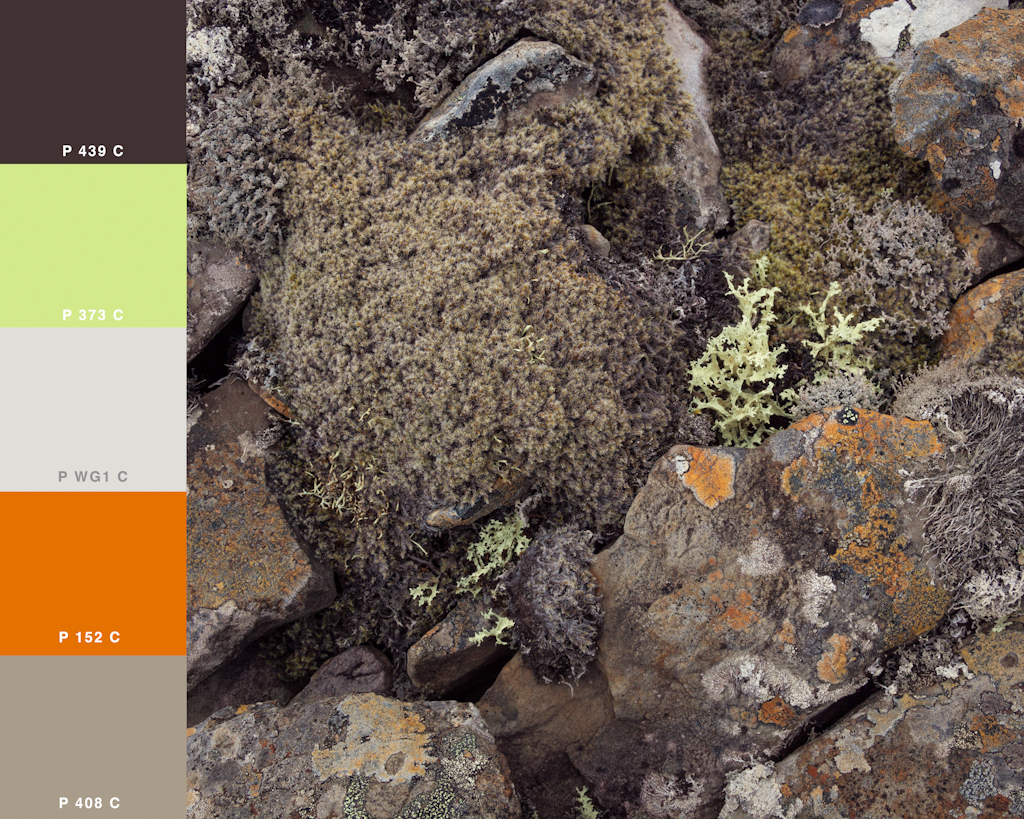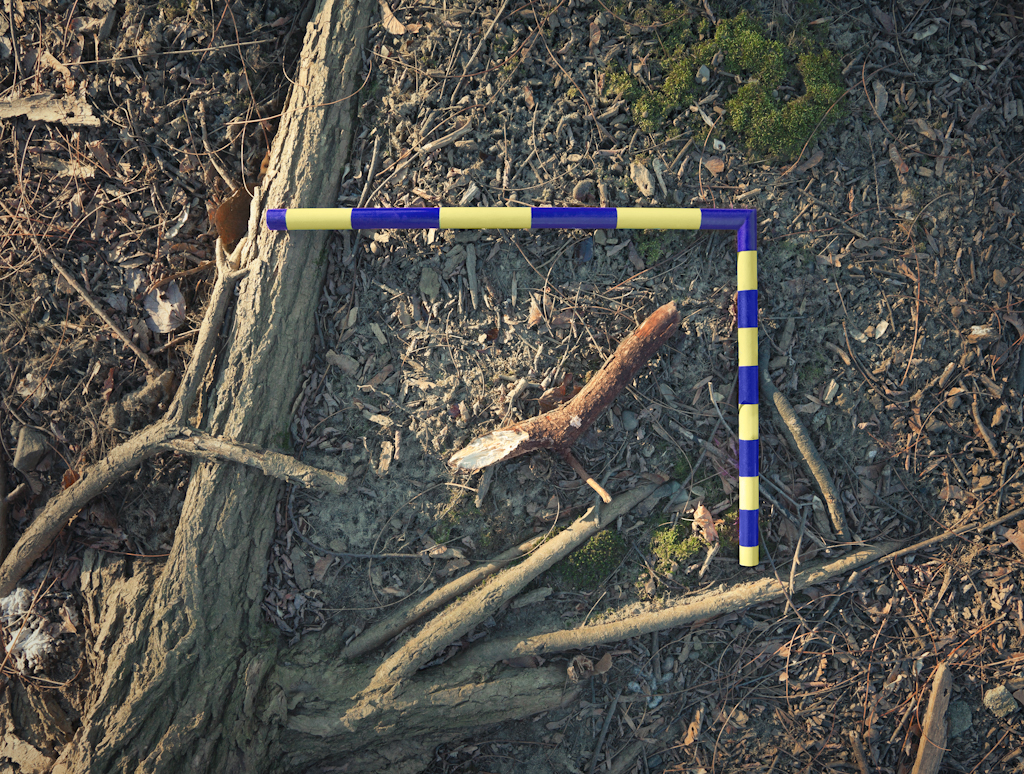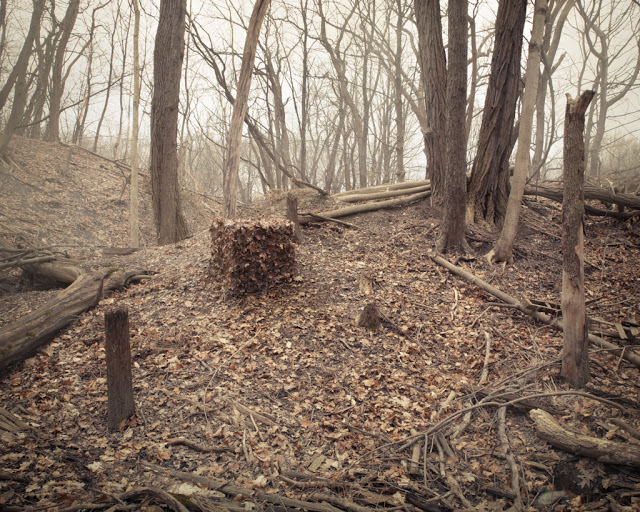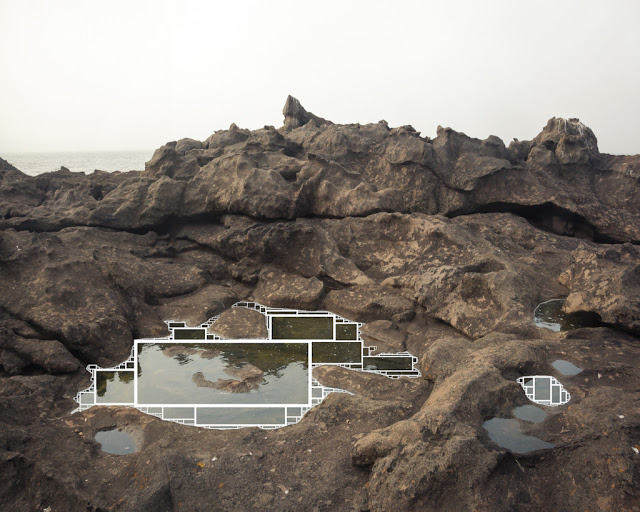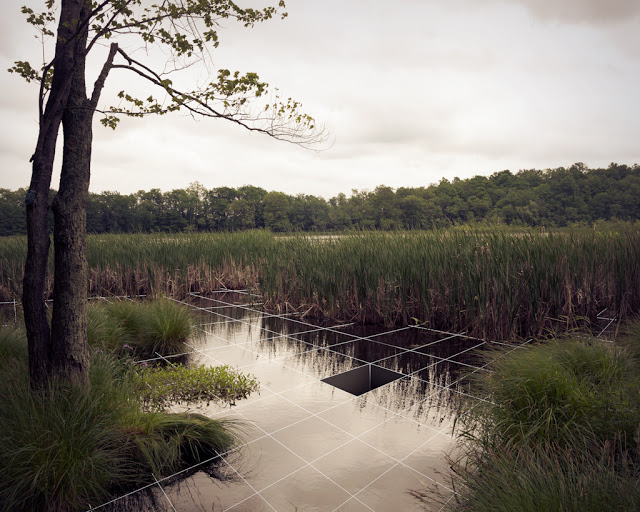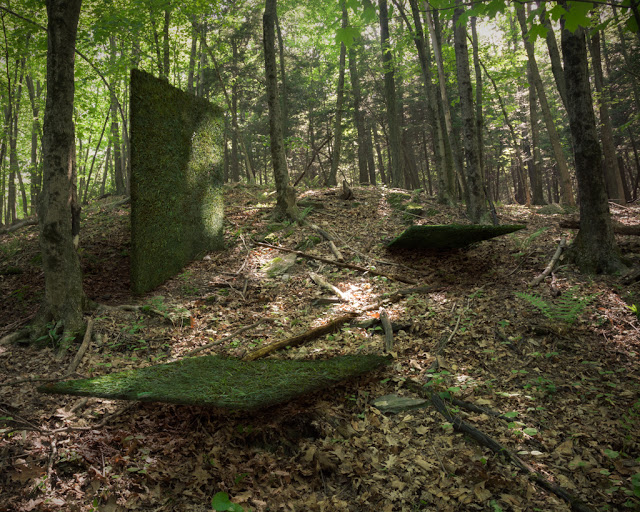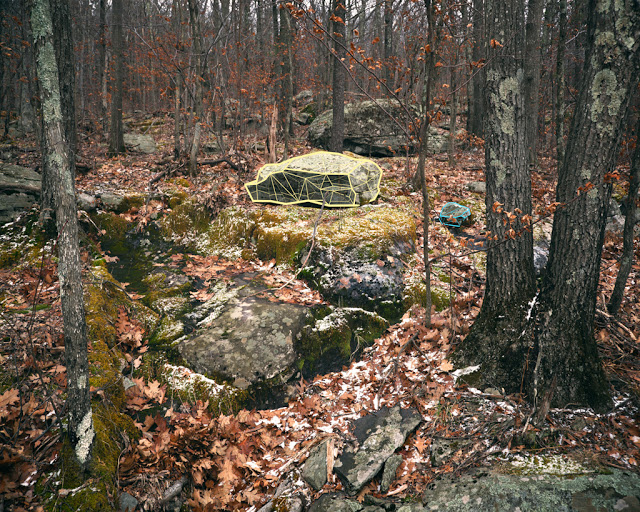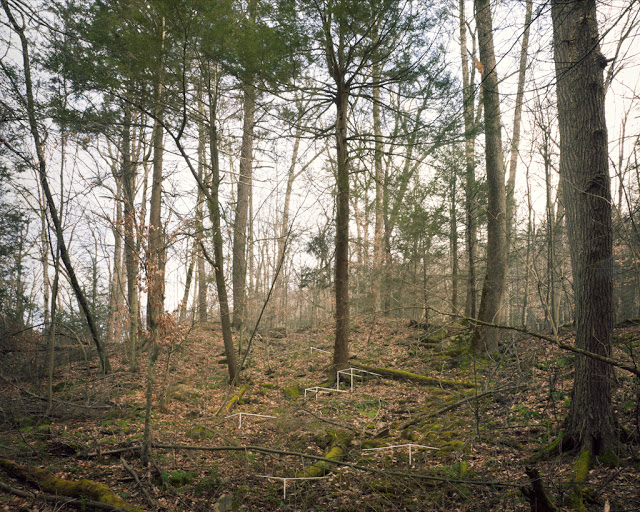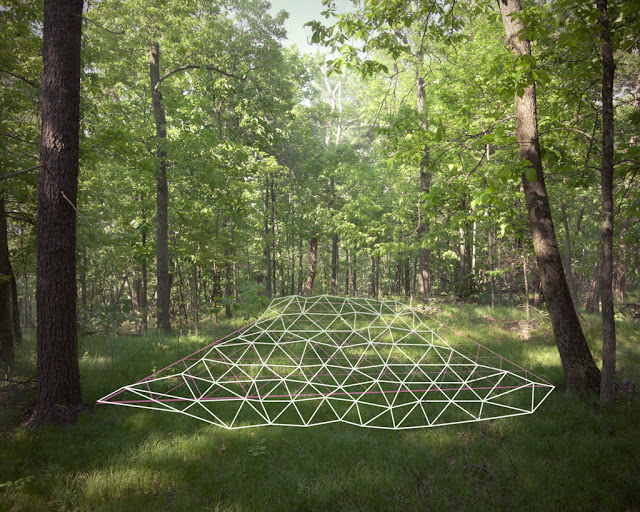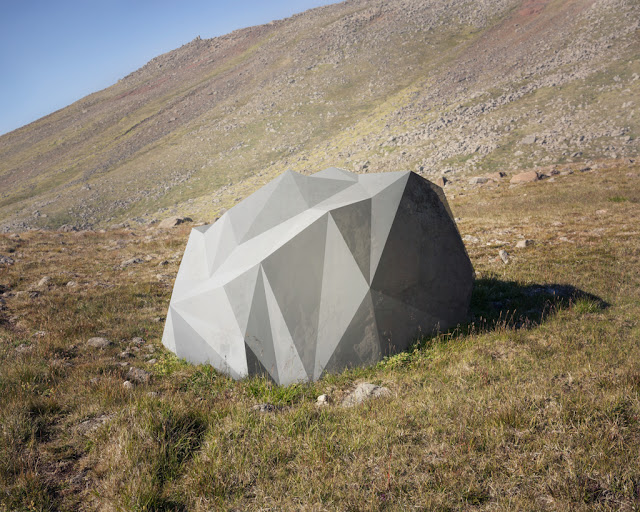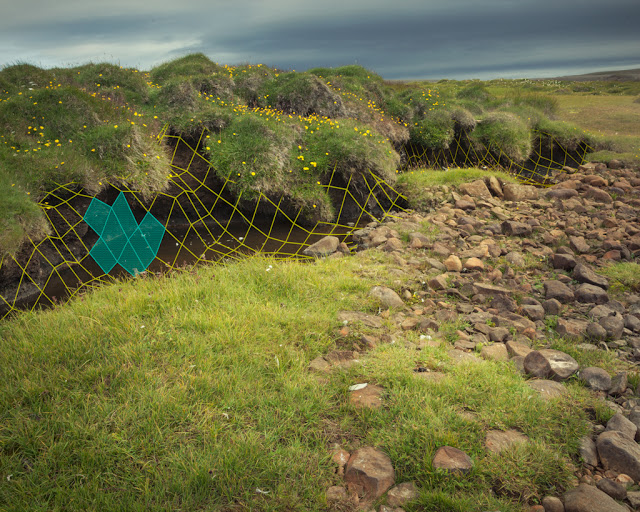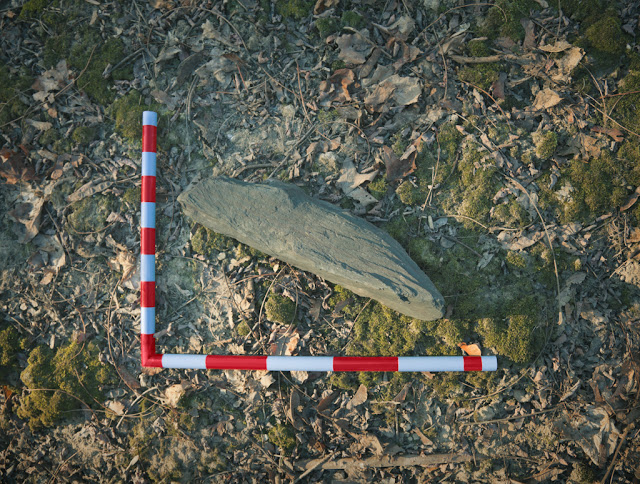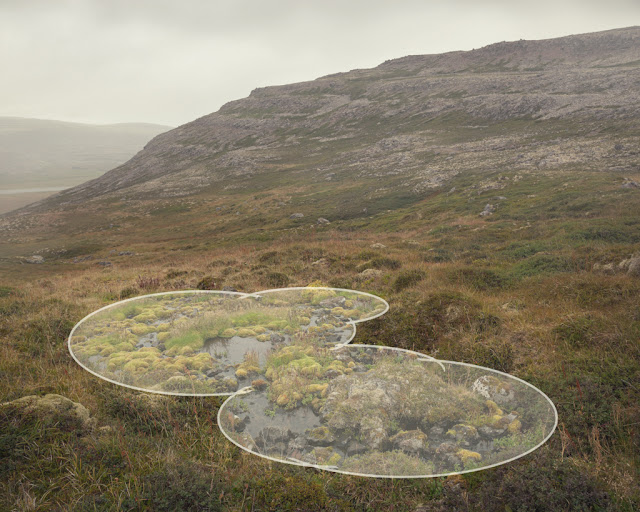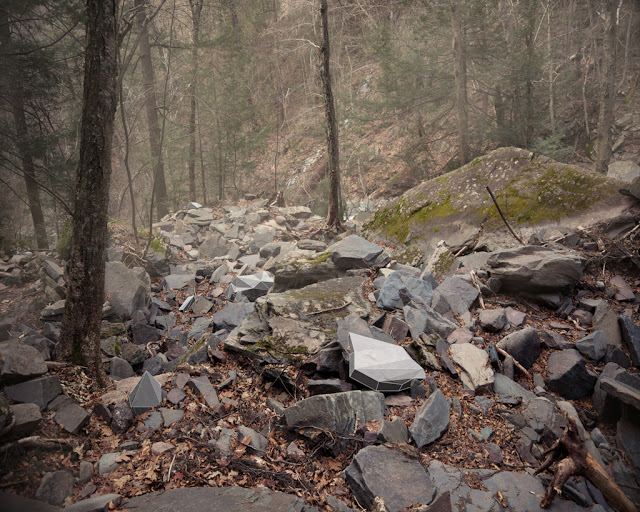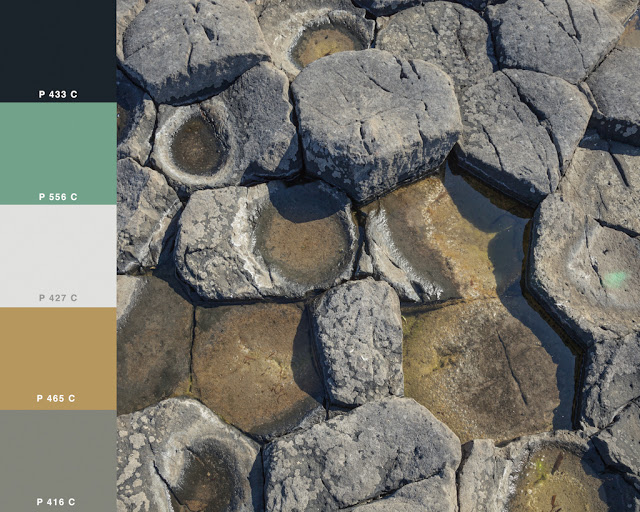Mark Dorf: Axiom & Simulation
Photographer Mark Dorf has an interesting series about what is perceived to be real, about the transformation of physical space, and the exploration of the natural world in nontraditional ways. One of the elements of photography that intrigues Mark the most is the way in which people read photography as an absolute reflection of our existence; he is asking the age old question of what exactly is representation. Selected works from the series, Axiom and Simulation, are currently on display at Viridian Artists in NYC, in the Third International Photography Exhibition, jurored by Nat Trotman, curator at the Soloman R Guggenheim Museum.
Mark grew up in Louisville, KY and graduated from The Savannah College of Art and Design with a B.F.A in Photography and Sculpture. Now living in Brooklyn, NY, he continues to seek out new landscapes and environments for his exploration of interactions with the natural landscape that we all once originally came from. Mark’s photographs “are highly fabricated and create falsified representations of our reality. However, the fact that they are photographs ask the viewer to examine every detail of the image to make sure that the images are in fact directed.”
Axiom & Simulation examines the ways in which humans quantify and explore our natural surroundings through the use of artistic, scientific, and digital realism. As a developed global culture, we are constantly transforming physical space and objects into abstract non-physical thought to gain a greater understanding of composition and the inner workings of our surroundings. These transformations often take the form of mathematical or scientific interpretation and as a result, we can misinterpret or even lose all reference to the source: when the calculated representation is compared to its real counterpart, an arbitrary and disconnected relationship is created in which there is very little or no physical or visual connection resulting in questions of definition – data vs. object and macroscopic vs. microscopic.
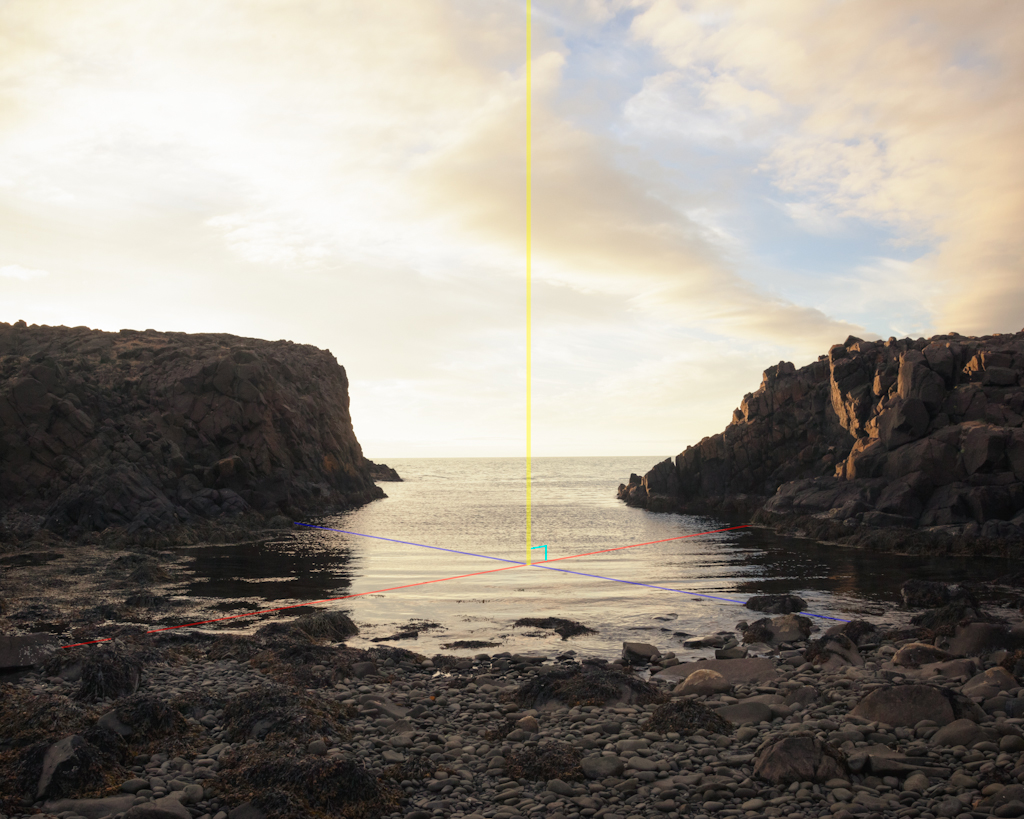
Take for example a three-dimensional rendering of a mountainside. While observing the rendering, it holds a similar form to what we see in nature but has no physical connection to reality – it is merely a file on a computer that has no mass and only holds likeness to a memory. When translating the rendering into binary code, we see just 1’s and 0’s – a file creating the representation from a language composed of only two elements that have no grounding in the natural world. After all of these transformations, a new reality is created – one without an original referent, a copy with no absolute source. When observing these simulations and interpretations of our landscape within a single context or picture plane, ideas of accuracy, futility, and original experience arise.
Posts on Lenscratch may not be reproduced without the permission of the Lenscratch staff and the photographer.
Recommended
-
Tara Sellios: Ask Now the BeastsApril 6th, 2024
-
ALEXIS MARTINO: The Collapsing Panorama April 4th, 2024
-
Emilio Rojas: On Gloria Anzaldúa’s Borderlands: The New MestizaMarch 30th, 2024
-
Artists of Türkiye: Eren SulamaciMarch 27th, 2024
-
Love and Loss in the Cosmos: Valeria Sestua In Conversation with Vicente IsaíasMarch 19th, 2024

